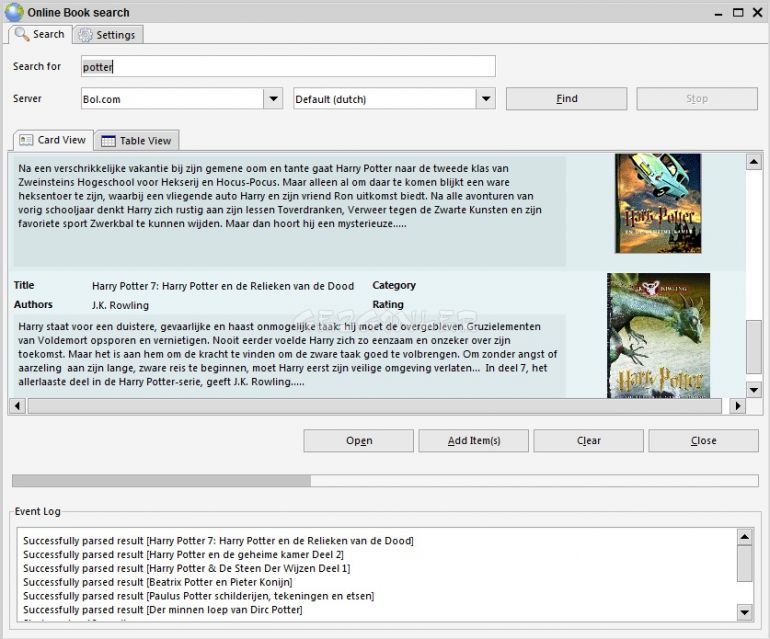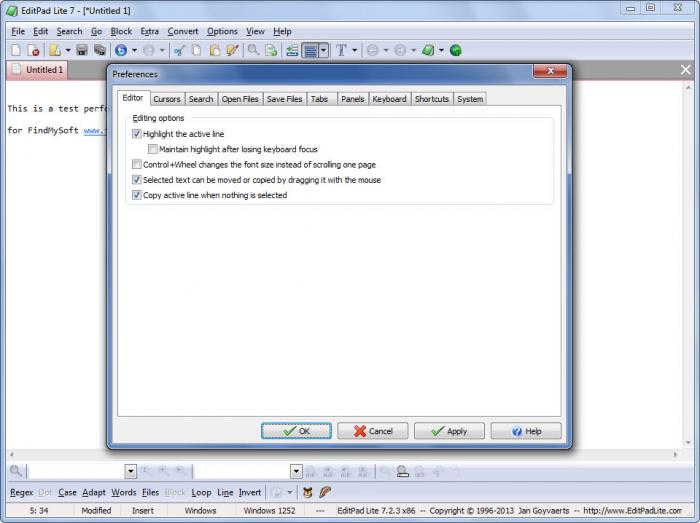

- #Editpad lite edit cursor mac os x
- #Editpad lite edit cursor mac os
- #Editpad lite edit cursor full
- #Editpad lite edit cursor code
It can be interpreted as a graphical combination of Grep with fewer commands. However, it is very useful in the overall handling of large files. Glogg is a read-only editor and does not come with a lot of features. It is a very quick tool as it reads data directly from disk and does not load it entirely into memory, which enables it to open very large files for viewing. Glogg is a multi-platform, open source GUI application tool for viewing and searching large, complex log and data files.
#Editpad lite edit cursor mac os
#Editpad lite edit cursor mac os x
#Editpad lite edit cursor code
It supports coloured lines and reports code error at the same instant. Notepad++ is commonly known as the best HTML editor. Some of the languages supported by Notepad++ are C, C++, Java, C#, XML, HTML, PHP, JavaScript, VB/VBS, SQL, Perl, Python, UNIX shell script, etc. It also supports multiple programming languages. It supports multiple tabs to open different files in a single window. It is a lightweight replacement for Notepad, and is better than Microsoft Notepad in every possible way. It is for those who want a very simple and easy UI with a great feature set, as it is clean, very fast and an excellent way to get work done. Notepad++ is an advanced and feature-rich sibling of the Notepad text editor that you find in the Windows OS. So let’s discuss some basic editor tools, which could be handy for these tasks. To interpret the information of these files carefully without facing such issues, we need some good editors that allow us to open, read and edit the files. In such cases, we need to use another editor to edit the file.

While attempting to open some 1GB sized text files, the built-in text editor of the Windows application, Notepad, can show some serious error messages like The file is too large for Notepad.
#Editpad lite edit cursor full

Generally, we come across the following issues while attempting to handle large files: As the file size increases, handling them becomes a tedious task. For example, the event log files for some common applications that generate a large amount of data could be more than 1GB in size and we may need to read them. These large text files may also vary with respect to the lines they have or the reason they need to be opened for. Besides, they may or may not contain the text in specific formats, such as comma-separated values (CSV), log data files (LDF) and master data files (MDF). The files generated in the situations mentioned earlier could be of any size, format or encoding.

Figure 1: Error with Notepad for a file size greater than 1GB Figure 2: Notepad++ text editor logo Data files can be stored as text files or as binary files, and are particularly helpful when debugging a program. The difference between a log file, a text file and a data file is that a log file is generated automatically to keep track of some specific application, a text file is created by the user in a word processor, and a data file stores data pertaining to a specific application for later use. There may be various other scenarios as well but, generally, all these data and log files are text files.


 0 kommentar(er)
0 kommentar(er)
